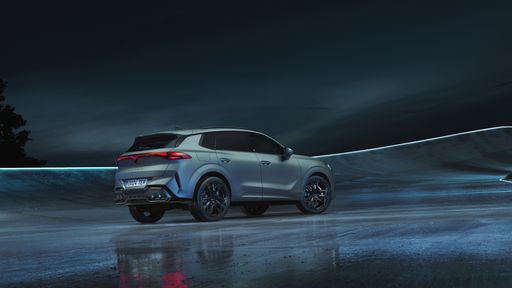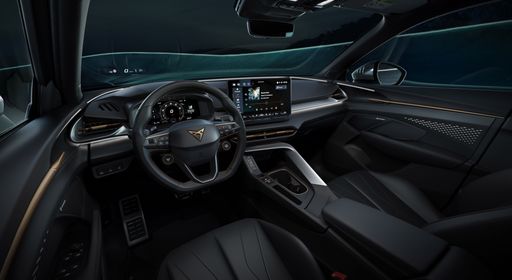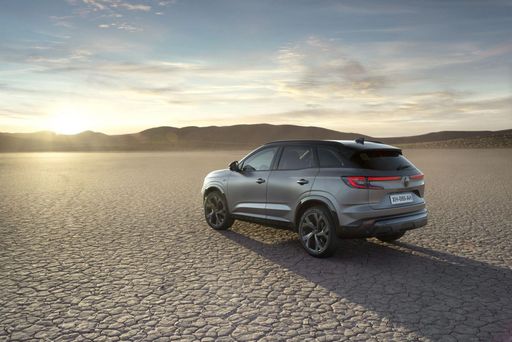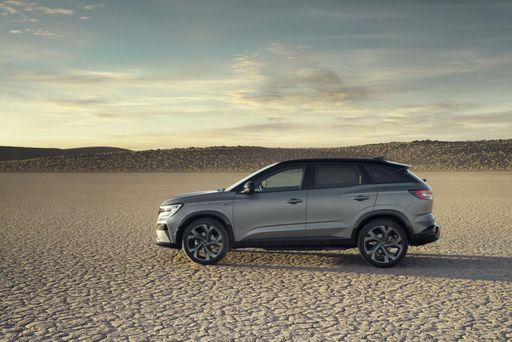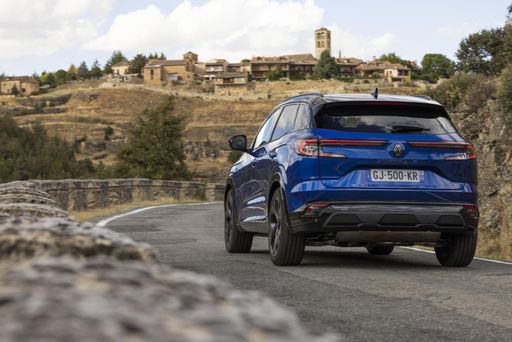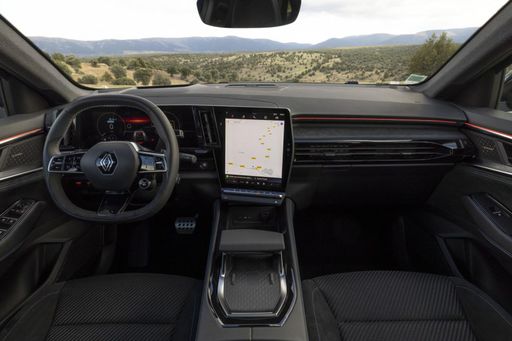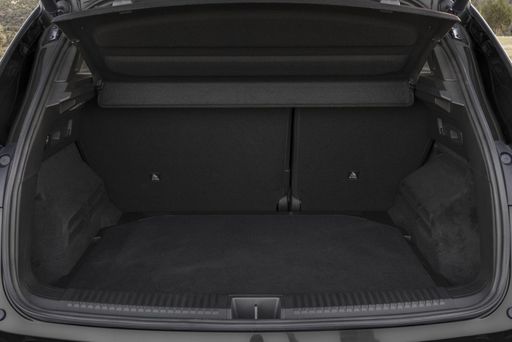Introduction: The Battle of the SUVs
The automotive market is brimming with competition, especially in the SUV segment. Today, we take a closer look at two exciting models that embody this fierce rivalry: the CUPRA Terramar and the Renault Austral. Both vehicles bring unique features, technical specifications, and innovations to the table, enticing potential buyers with their blend of performance, efficiency, and style. Let’s delve into the specifics and see how these two SUVs stack up against each other.


